- Compare low revert rates
- What is a revert rate?
- Why balance transfers don't always work
- What to consider before getting a balance transfer
In theory, balance transfers seem like a great idea for the debt-laden Australian. Why pay exorbitant interest charges on your current credit card debt when you can transfer it to a new one and pay little to no interest for several months?
And in theory, balance transfers are a good idea. Paying 17% interest on a $5,000 credit card debt could cost you nearly $1,000 in interest if paid off over two years, but by transferring this debt to a card offering a 0% balance transfer period of 24-months, you could save yourself from paying any interest, if done correctly.
Yet for many, balance transfers don’t work out, with a large chunk of people actually increasing their debts, hardly ideal since a balance transfer is supposed to help users eliminate it.
There are a few reasons why this happens. One major culprit is the revert interest rate.
Compare low credit card revert rates
The table below shows a snapshot of credit cards with some of the lowest balance transfer revert rates available.
What is a revert rate?
The revert rate is the interest rate your card switches to after the initial introductory or honeymoon period ends. Revert rates are found on two types of cards:
- Balance transfer cards
- Cards with special introductory interest rates
These rates are often referred to as ‘nosebleed’ rates due to how high they can be. While your average credit card interest rate tends to hover in the 17% p.a region, the average revert rate is closer to 20% p.a, climbing as high as 26% p.a! That’s definitely not something to be scoffed at, as these high revert rates can cause people a lot of trouble.
On a balance transfer, you may have little to no interest charged on the transferred amount for a limited period of time (between three and 26 months) during which you’d attempt to pay off all of your debt. Once this period ends, the rate will revert to its higher nosebleed interest rate, and any remaining balance left on the balance transfer card will be charged accordingly.
How revert rates work: Timmy’s example

Timmy comes across what seems like a great deal for a balance transfer – 0% p.a for 20 months! He figures that should be more than enough time to set his finances straight, as he’s got over $30,000 in credit card debt.
When signing up for the offer, Timmy doesn’t notice that there’s a revert rate of 21% p.a once the 20 months is over. Over this period, Timmy only manages to pay off $20,000, so he has $10,000 left at the end.
Even by continuing to make repayments of $1,000 per month, with an interest rate of 21% p.a Timmy would be hit by interest costs of $879. To avoid this interest, he should have been aware of this high revert rate and structured his repayments accordingly so there would be $0 left on the card by the end.
An example of a credit card with an introductory purchase rate might be “0% interest for the first six months” before reverting to a higher interest rate. On such products, beware of spending more than you can afford to repay before the end of this introductory period, as the revert rate could pack a punch.
By law, credit card providers need to make these revert rates clear to the consumer before they sign up, but it can be easy to be blinded by promotional offers. To save yourself from falling for any traps, read the fine print and have a good look over the product disclosure statement before you sign up to any deals, especially if they sound too good to be true.
Compare 0% balance transfer offers
Here’s a snapshot of ten credit cards currently offering 0% balance transfer periods of 12 months or longer:
Balance transfers don’t always work
ASIC reported in 2018 that 30% of balance transfer users ended up actually increasing their debts by 10% or more after transferring their debts. It also discovered the following shocking stats:
- 15.7% of customers increased their total debt by more than 50%
- 15.3% simply maintained their existing debt level
- 63% of consumers did not cancel their existing credit card after taking out a balance transfer
How does this happen?
Well, the revert rate is a big factor for starters. People overestimate their ability to pay off their debt by the end of the promotional period, or simply don’t understand how they work. But revert rates aren’t the only thing causing customers to lose their ‘balance’.
We’ve written quite extensively about the traps of balance transfers here. But generally, two big ways people can get stung by a balance transfer are:
- Making purchases with the card
- Balance transfer fees
If you have a balance transferred debt on your credit card, it’s recommended you don’t make any purchases with it, because interest-free days may not apply, meaning any purchases could be charged the card’s standard interest rate immediately.
Also, some cards also charge a ‘loading fee’, also known as a balance transfer fee. This fee will usually be around 1-3% of the total balance being transferred and is exclusive of the annual fee which can also be in excess of $100. The larger the balance, the higher the balance transfer fee: a 2% fee on a $5,000 balance transfer is an extra $100 on top of the credit card’s annual fee.
So it’s more than just a high revert that can lead to you getting sprung, and there are some clear differences between the good balance transfer offers and the bad ones.
Source: The Checkout
What to consider before getting a balance transfer
So besides looking at the balance transfer interest rate and the length of the period, you need to consider the revert rate, the purchase rate and any fees attached. According to SocietyOne in a survey of Australian balance transfer users, 65% did not know about revert rates, while 57% were unaware of both the interest charged on new spending and the balance transfer fee.
That disturbingly suggests that well over half of all balance transfer users are unaware of the true costs, leaving their financial security up to chance. It isn't just true for balance transfers either, as one in three credit card users don't even know their card's purchase rate!
Don’t leave your finances up to chance – compare various balance transfer offers on these fees and charges to find one that’s suitable for you. You could also consider something like a debt consolidation home or personal loan, which might be a better option.
Savings.com.au’s two cents
Is there any purpose in paying excessive interest on a balance transfer? The answer is no – you’re trying to clear your debts, and paying upwards of 20% is always going to make this difficult.
Most balance transfer cards will have a high revert rate, but that doesn’t mean you have to pay it. If there’s $0 left on the card once your balance transfer period ends, then it won’t matter if that revert rate is 50% because it won’t affect you.
To make sure your transferred balance is properly paid off in time, analyse your budget to work out how much you could sensibly put towards your debt each week or month without having to deprive yourself of essential human needs. With that number, you can calculate how long it will take for the debt to be paid off, then look for a good value balance transfer offer that covers that length of time.
For example: to pay off a $5,000 debt before the end of an 18-month balance transfer, you’d need to make monthly repayments of $278. Could you afford that?
Also consider cutting up your credit card(s) so you aren’t tempted to spend anything extra until the debt is clear.
Photo via by rawpixel.com


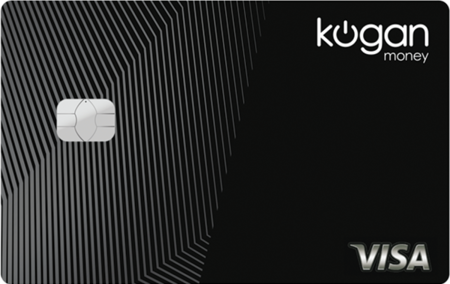

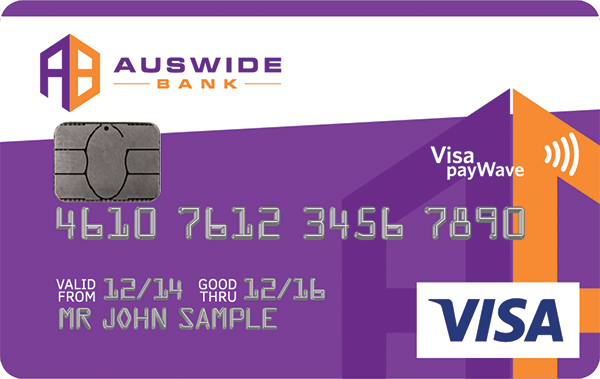



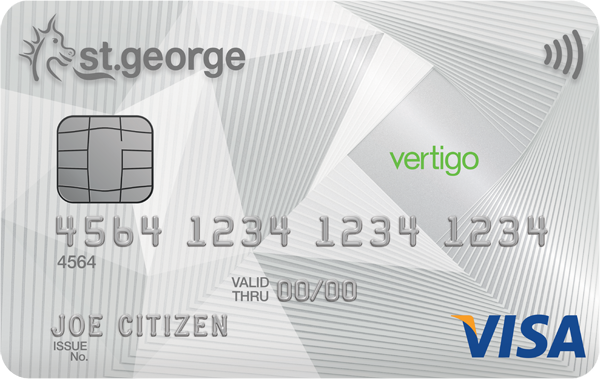
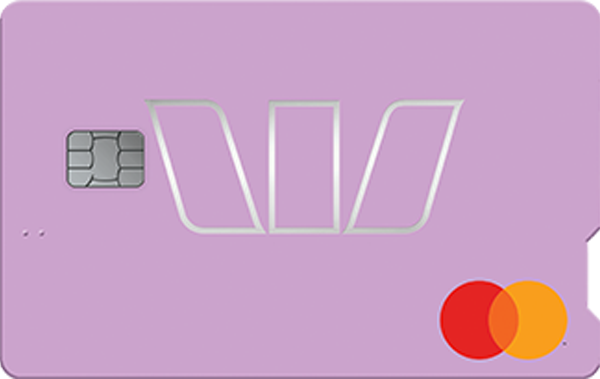




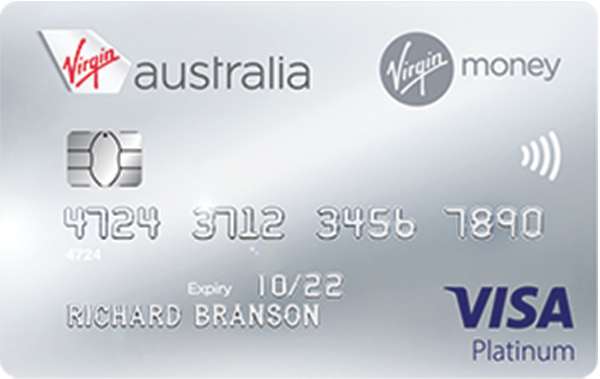
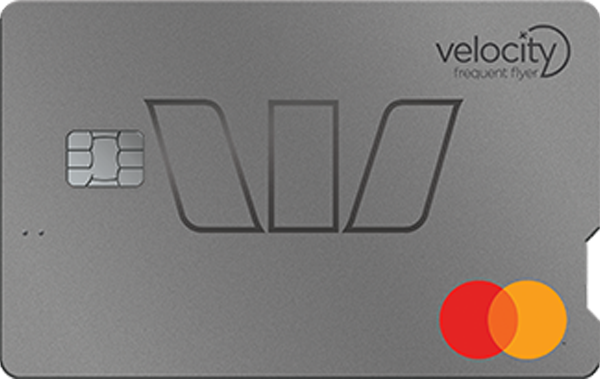



















 Brooke Cooper
Brooke Cooper